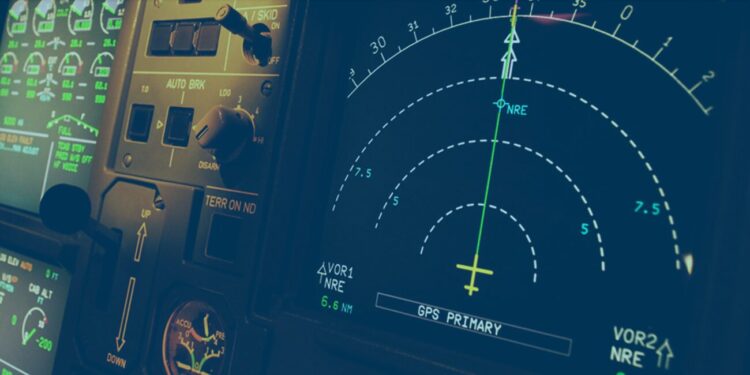Bharat Electronics Limited develops and produces all kinds of defense military equipment and systems. However, in order for the military personnel to operate them, they also need somewhere to practice and train so that they are ready when a real mission arises. Therefore, BEL India also makes simulators for some of their most sought after products. Read on to learn about some of these simulator equipment.
Table of Contents
1. Air Defense Weapon Simulator System
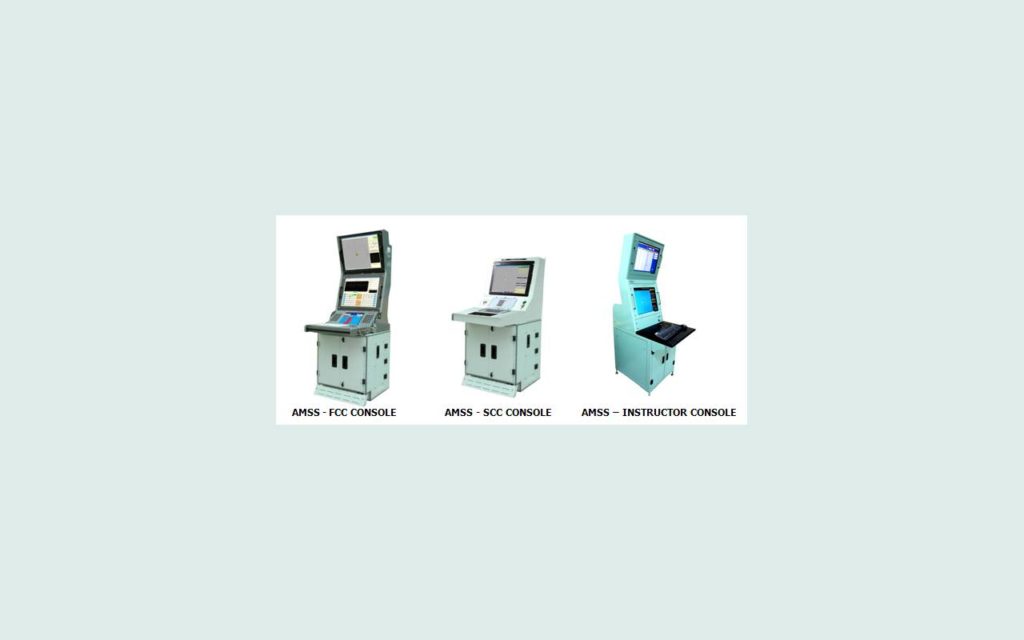
This simulator is a primary classroom-training platform for the Armed Forces personnel, for the usage and exploitation of anything and everything concerning air defense weapon systems. This simulator helps them in imparting training, especially for the crew commanders, in procedural aspects of the training system. This system is fairly mobile and can be sheltered in a container for mobility needs. Top features of this training system include:
Classroom training system for SCC and FCC commanders on the complete sequence of operations of the Akash missile system, options for group and autonomous mode operation, and complete Ethernet network coverage.
Instructor Station serves for operations and online scenario generation, creation of target trajectories, scenarios, modification and previews, session views, target simulation data maneuvers, creation and run of an individual / multiple run files, fault introduction, briefing and debriefing of training sessions, and report generation.
2. Simulator for L70 Gun Upgrade
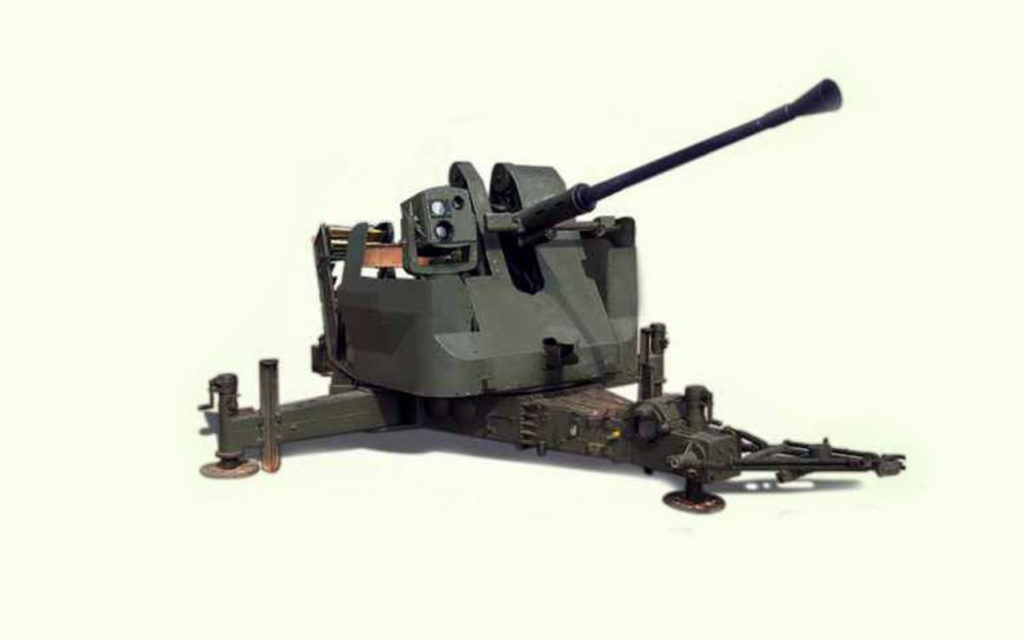
This computer-based simulation is designed to train the future L70 gunners in the tracking of simulated aerial and ground targets that are projected on terrain views. Video output of this simulation computer is fed to the video display unit, as the gunner is provided training on the actual controls of the L-70 gun upgrade. Features of the simulator include:
The facility of the instructor to inject various targets in real time bases and fault conditions, selecting different exercises to incorporate various combat conditions, self-operating mode where trainees can initiate training without any help of the instructor, storing and printing of the trainee performance, and a modular design for easy maintainability and upgradability.
3. Aircraft Recognition Trainer (ART)
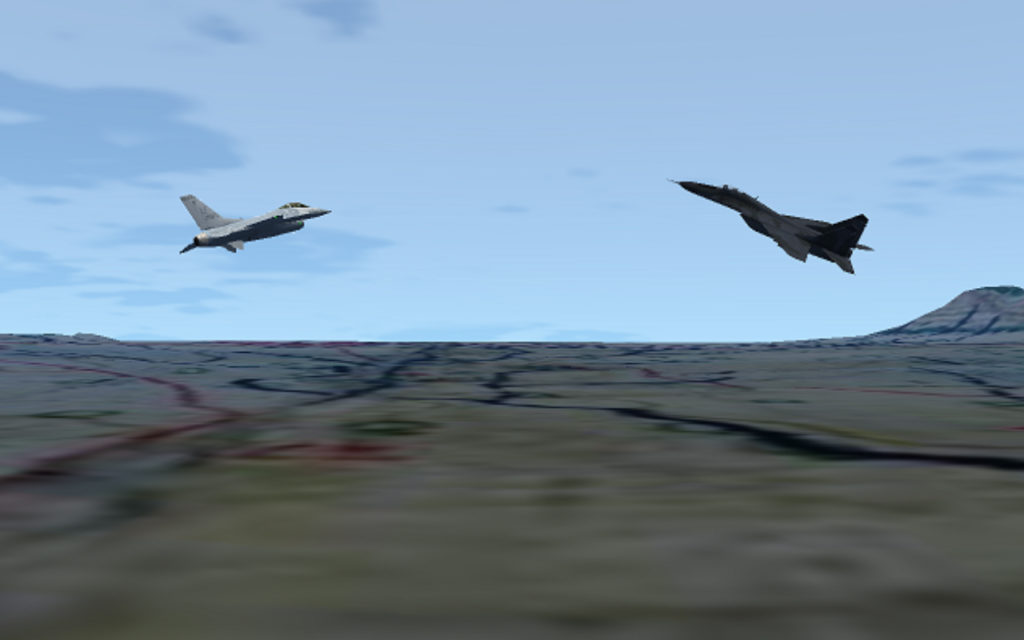
Aircraft Recognition Trainer is another computer based training simulation, which is designed to train troops in the skills of aircraft, helicopters and UAV recognition and identification within a classroom environment. This aircraft recognition trainer is perfect for self-learning by the troops, as well as an instructor-led group training. Through familiarizing the troops with friendly and enemy targets using the aircraft recognition trainer, the future soldiers will be able to engage the enemy targets sooner, more frequently and accurately, and at far greater ranges.
The system enables training individuals or groups of students with a single instructor, using realistic visual and aural effects. The aircraft recognition trainer consists of many different types of 3D models of high fidelity and high-resolution aircraft, helicopters and UAV, rendered on three-dimensional terrains and projected on large screens. Simulation of environmental conditions is also available, including different times of day, weather changes like snow, rain, and fog, with various visibility and density, as well as clouds of different shape, size, and altitude, among others. The performance of the trainees comes out in the form of report cards.
4. Reporter Radar Training Simulator (RRTS)
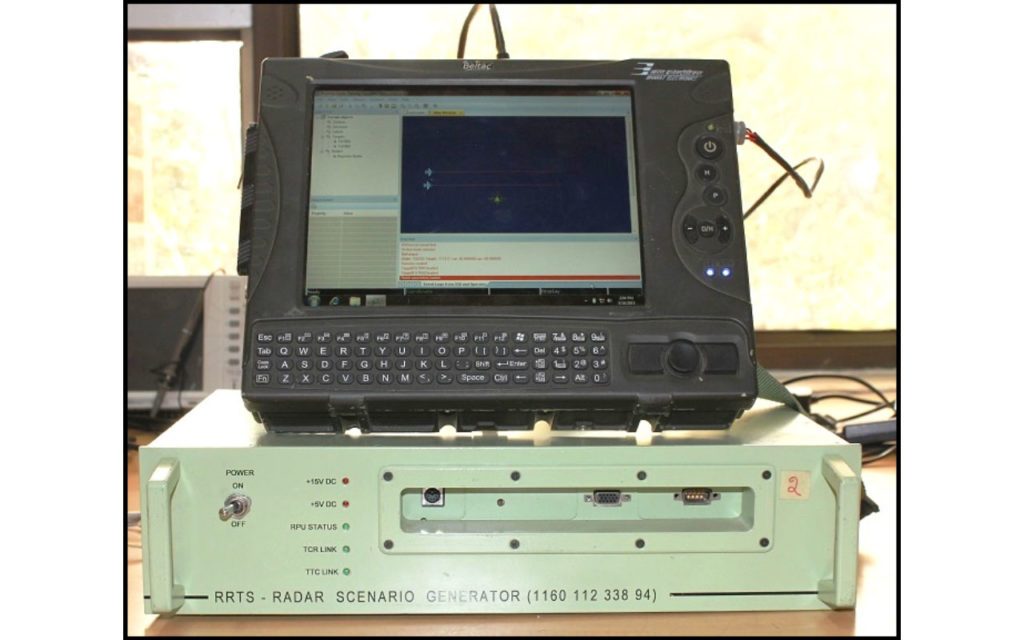
RRTS is a crucial part of the TCR Reporter used to train future operators and students. By using this simulator, the instructor is able to create training scenarios by selecting different terrain, objects, clutter, and jammers. In addition, by using a scenario, the simulator generates video signals, which are then fed to the Radar PPI. The simulator is made up of the Radar Scenario Generator (RSG), and the Scenario Simulation Unit (SSU).
An instructor controls both the offline and online training system. It can create, save, modify and open exercises. You can play, pause, resume and stop exercises at any time, and change objective data and parameters during exercises. There is also reusability of object data saved in a file for other exercises on the same or similar terrain. The instructor can observe the actions of the students during operations, correct faults, and errors. The system makes evaluation reports through printing.
